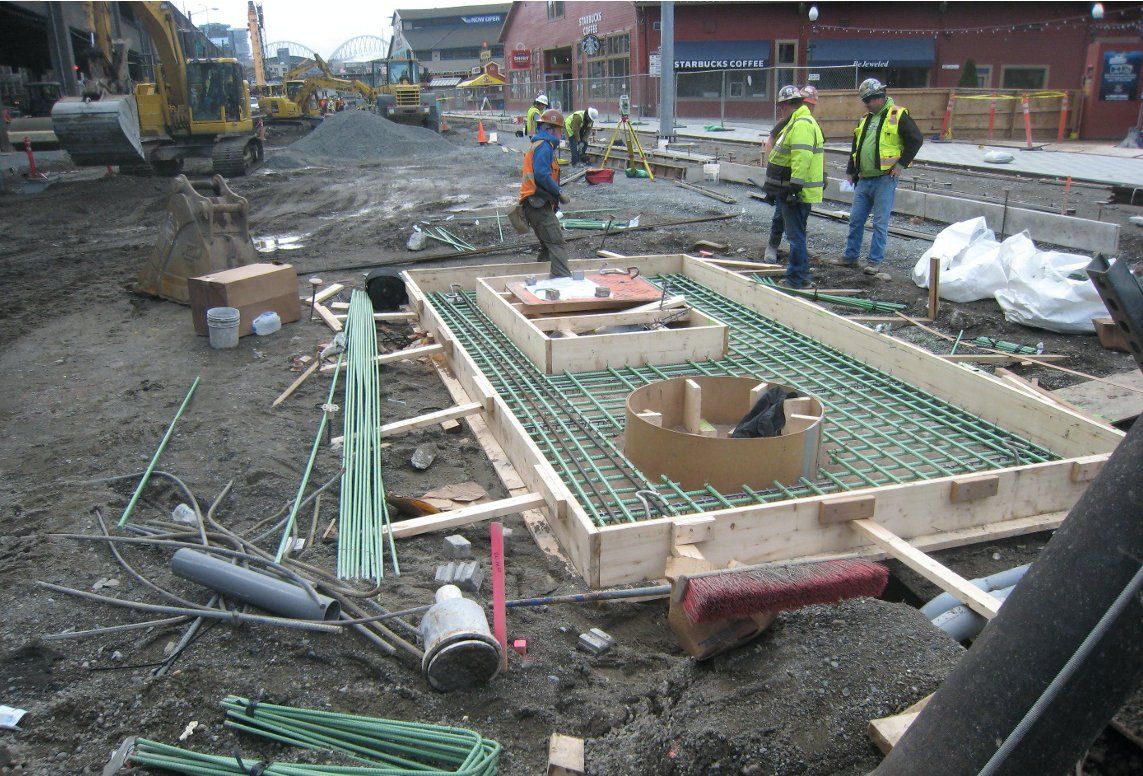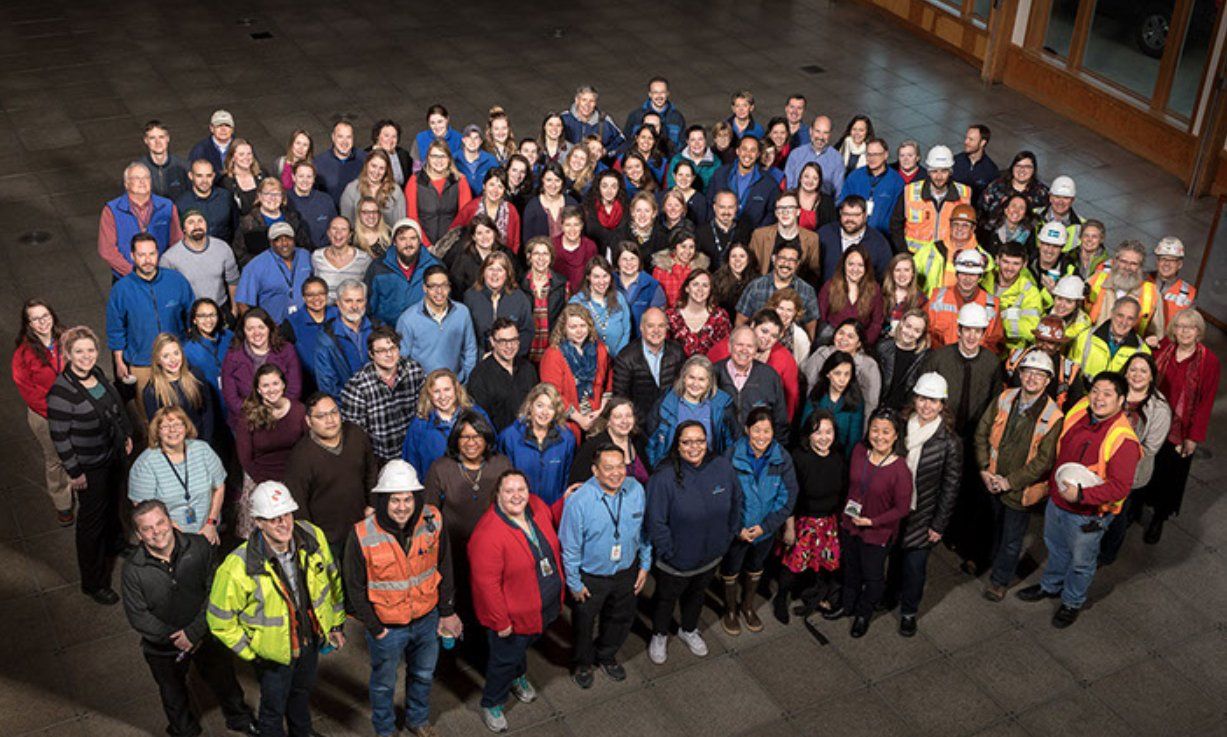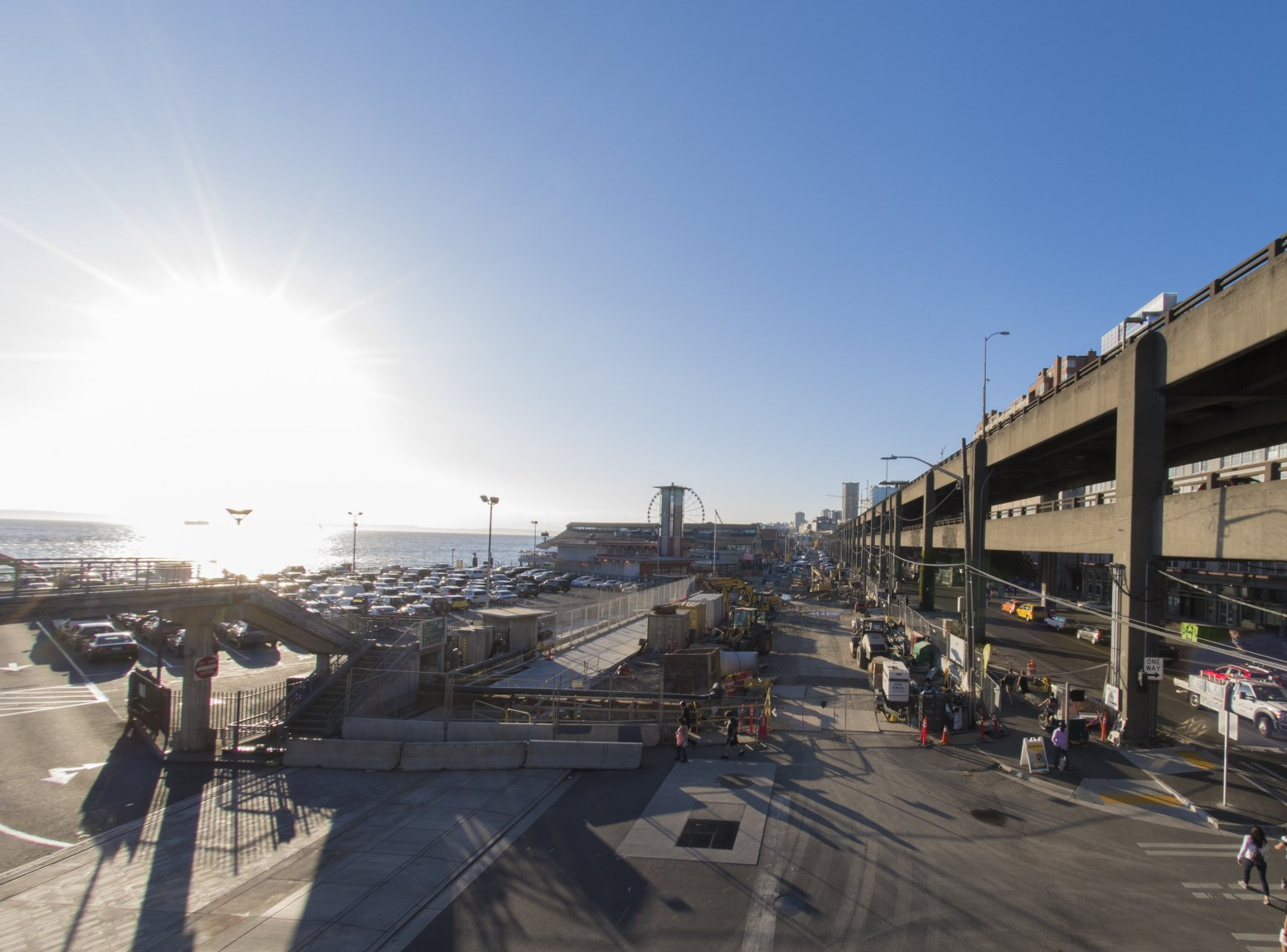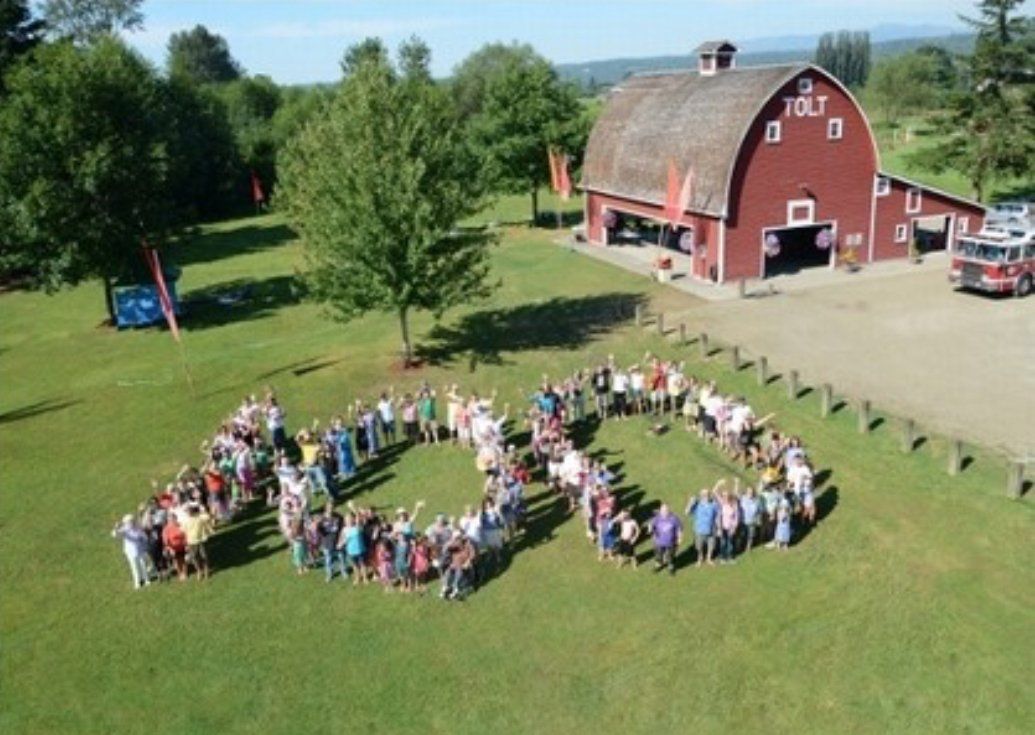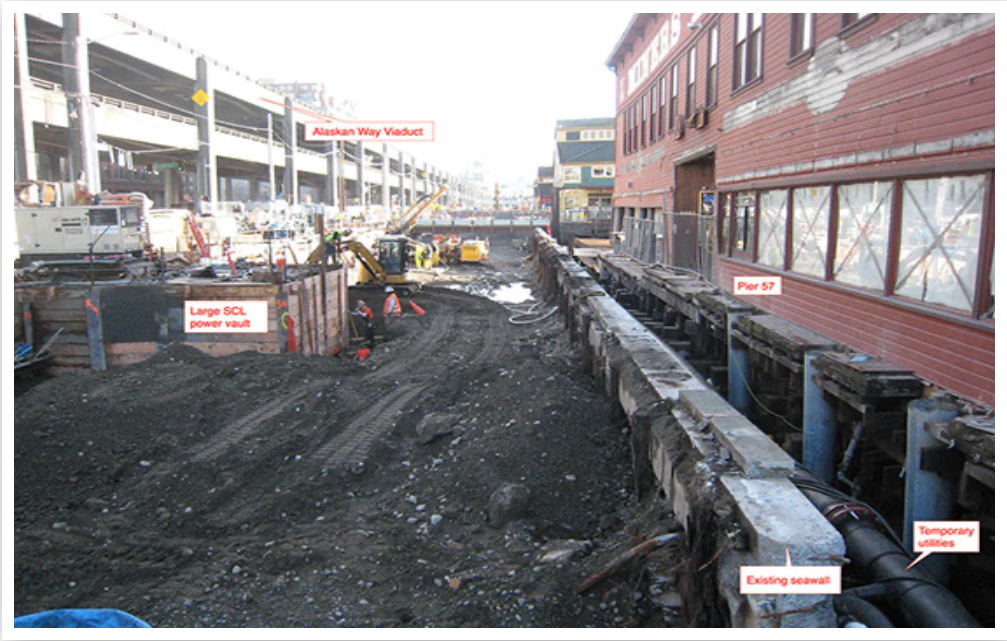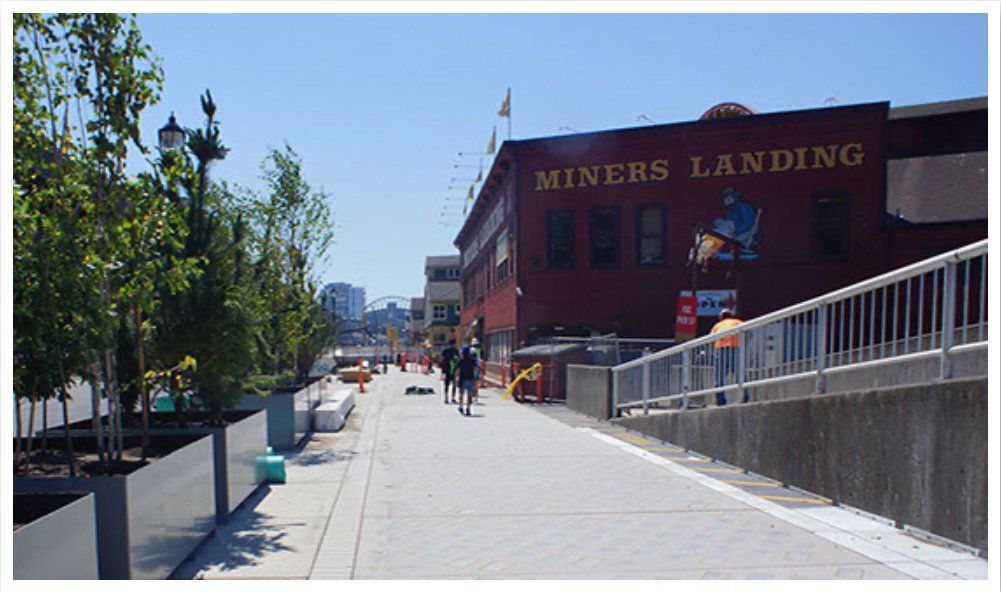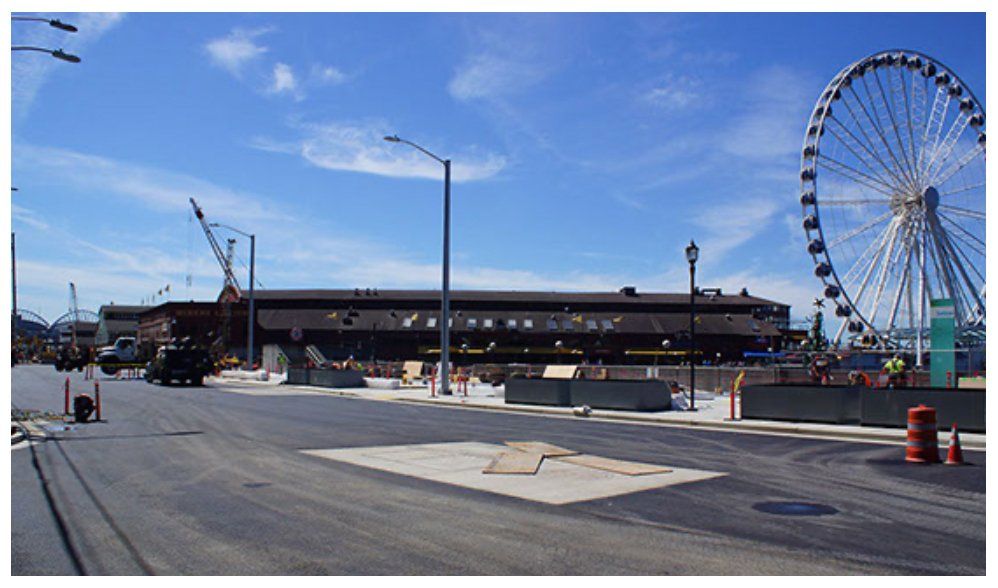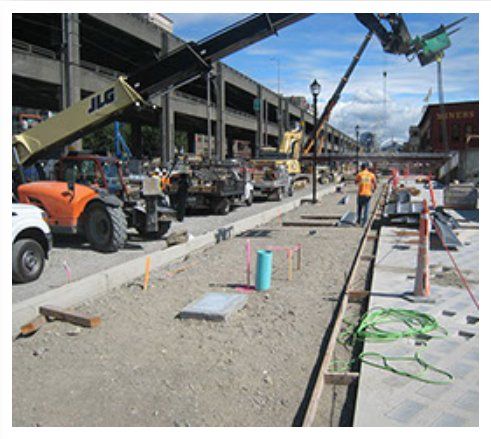Make the Most of a Moving Target
Make the Most of a Moving Target

How many times have you found yourself involved in a project with so many moving parts no one was completely sure how it would end up? For most of us this isn’t a happy place to spend much time. It takes a lot of effort (and money) to keep a project like this out of the land of Murphy’s Law. I’ve certainly been there and done that and want to share some ideas for making the most of one of infrastructure development’s most active moving targets – the utilities! Let’s delve a little into how to eliminate headaches, reduce risk and increase project value with quality Utility Coordination (UC).
On the surface, UC seems like a pretty simple piece of a project, just something to walk through and check off the task list. Get all the existing and proposed utilities aligned and sequenced. Connect the people and parts. For simple projects, like a water main replacement through a quiet residential neighborhood, that may be the case. Identify and work around all the existing utilities and handle the occasional conflict. But what about the projects at the other end of the spectrum – where extreme complexity is just part of the deal and “smooth process” a pipedream? And what about the ones in between?
Having worked on Western Washington civil infrastructure for decades on projects that range along this entire spectrum has helped build perspective. A couple projects stand out as particular points along the way. A few years back we worked on the team that engineered and constructed the City of Carnation’s citywide sewer system. About a year ago we signed on as the Utility Coordination Lead for Seattle’s Elliott Bay Seawall Project, working at the epicenter of the largest and most complex urban waterfront improvement in the history of the Pacific Northwest.
Over the course of these and several hundred other projects we’ve learned – sometimes the hard way – a valuable bit of reality: the quality of effort on utility coordination can seriously disrupt or tremendously elevate a project. So, why is it so hard to consistently achieve one result over the other on something that seems so basic?
Below is an outline of what we’ve found to be some good habits for delivering Utility Coordination. We are always expanding and enhancing this list to help raise the bar on UC.
- Assume everything will change – because it almost always does
- Be flexible and adapt quickly – resolve is good, but not for its own sake
- Know the standards required by all parties – these are real constraints, work with them
- Keep your documentation in order and up to date – this will save your you-know-what
- Meet early and often – communication can solve most problems
- Share information freely – secrets can cost time and money
- Be open to ideas from others – no one person has all the great notions
- Assume everything will change – yes, I repeated that one!
SHARE
COMMENT
